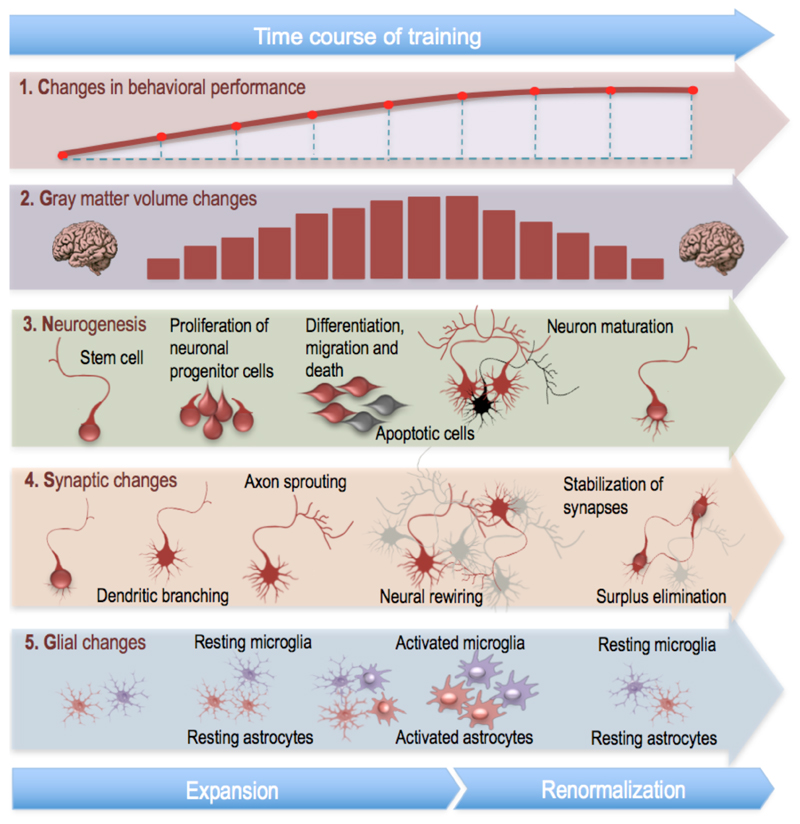Figure 1. Schematic illustration of potential cellular changes underlying gray matter volume expansion and renormalization as detectable with MR images.
In the course of training, behavioral performance continuously increases until it stabilizes (1). Estimates of regional gray matter volume increases during initial phases of learning and renormalizes either partially or completely to baseline levels during later phases when high task proficiency is reached (2). Adult neurogenesis (restricted to some regions of the brain) (3) may accompany this process of learning and is characterized by initial proliferation of neuronal progenitor cells, some of which further undergo apoptosis. Some of these new cells survive while most die during their differentiation, migration, and neuronal maturation. Synaptic changes (4) may follow a comparable pattern with dendritic branching and axonal sprouting increasing the number of synapses during initial phases of learning but then returning to baseline levels. Importantly, the selective elimination of dendritic branches, axonal projections, and synaptic connections – a process typically referred to as pruning – along with the stabilization of synapses allows for particularly efficient neural rewiring. Finally, changes in the number and morphology of glial cells (5) may again follow a comparable pattern, as they can proliferate and shift from resting to activated states and return to resting state again, once the skill is acquired. Together, these potential cellular processes may contribute to experience-induced alterations and renormalization of gray matter structure as observable with MRI.

